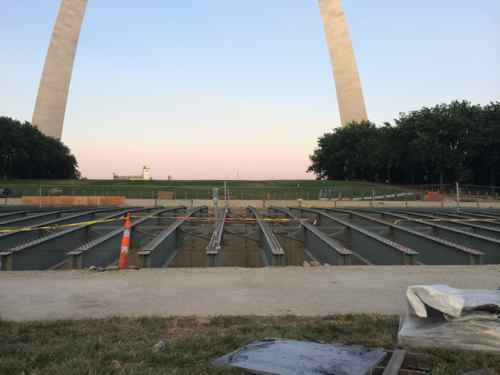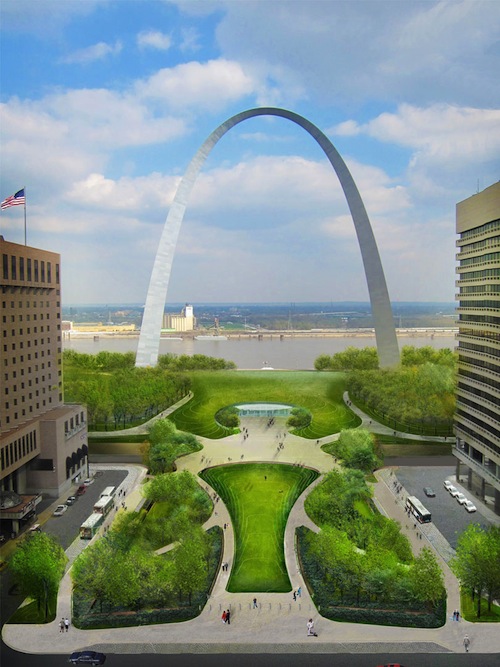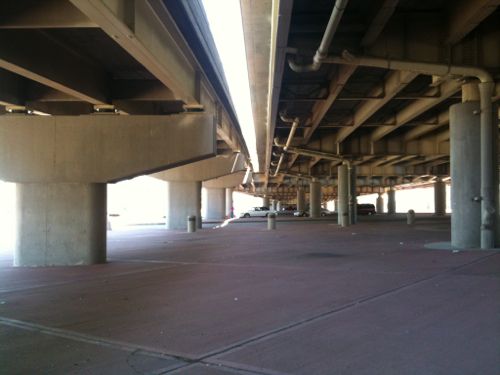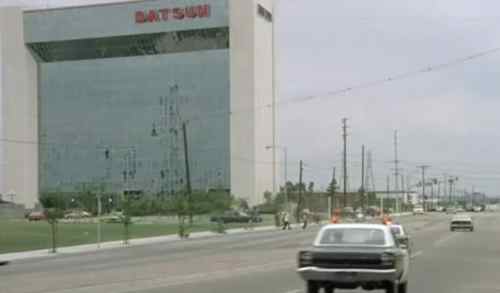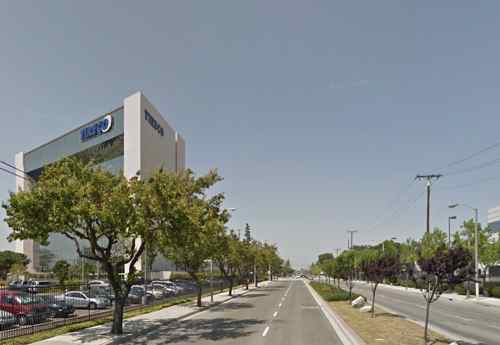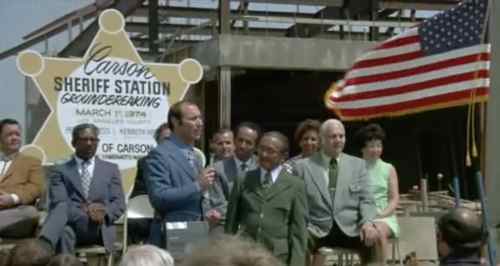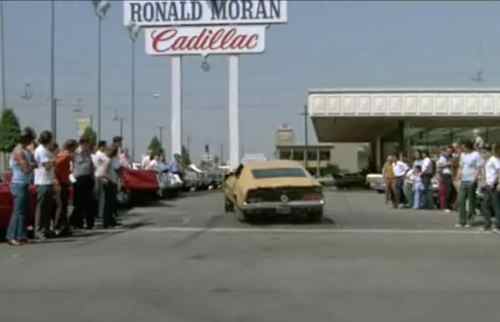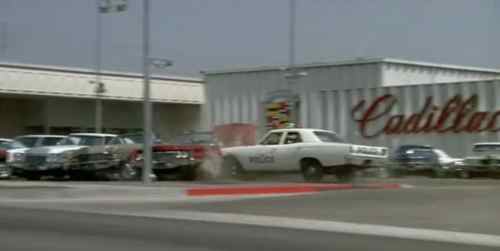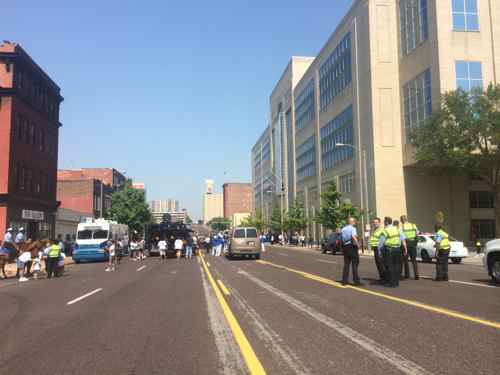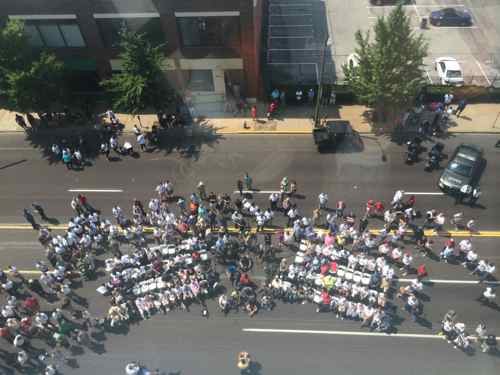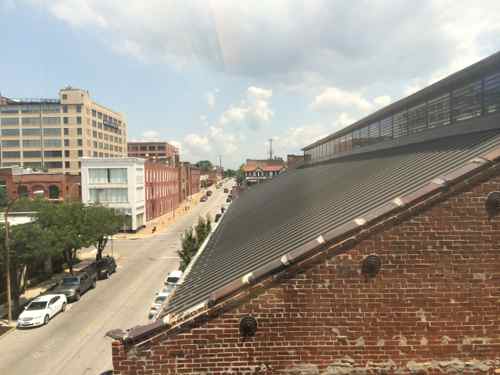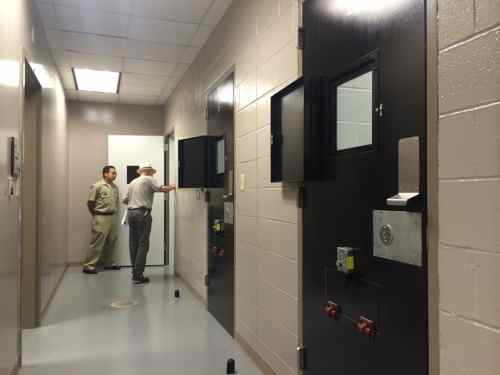Readers Opposed To Four Out Of Five Constitutional Amendments On Missouri’s August 5th Ballot
|
|
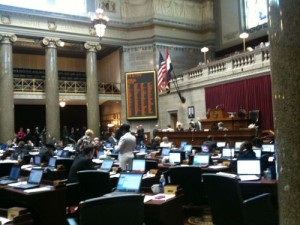
Tuesday August 5th Missouri voters will go to the polls for the primary election, which includes five proposed constitutional amendments. The poll last week included a question about each. The results below aren’t scientific and outstate voters frequently vote the opposite of voters from urbanized areas.
CONSTITUTIONAL AMENDMENT NO. 1 Proposed by the 97th General Assembly (First Regular Session) CCS No. 2 SS HCS HJR Nos. 11 & 7
Shall the Missouri Constitution be amended to ensure that the right of Missouri citizens to engage in agricultural production and ranching practices shall not be infringed? The potential costs or savings to governmental entities are unknown, but likely limited unless the resolution leads to increased litigation costs and/or the loss of federal funding.
Results:
- No – Against the amendment 186 [71.81%]
- Yes – For the amendment 55 [21.24%]
- Undecided 15 [5.79%]
- N/A — not a Missouri resident or won’t be voting 3 [1.16%]
My thoughts:
- “Amendment 1 is a concerted effort to shield factory farms and concentrated agricultural feeding operations from regulations to protect livestock, consumers and the environment.” — KC Star editorial
- See VoteNoOn1.com for reasons to vote against 1
- Please vote NO!
CONSTITUTIONAL AMENDMENT NO. 5 Proposed by the 97th General Assembly (Second Regular Session) SCS SJR No. 36
Shall the Missouri Constitution be amended to include a declaration that the right to keep and bear arms is an unalienable right and that the state government is obligated to uphold that right? State and local governmental entities should have no direct costs or savings from this proposal. However, the proposal’s passage will likely lead to increased litigation and criminal justice related costs. The total potential costs are unknown, but could be significant.
Results:
- No – Against the amendment 172 [68.25%]
- Yes – For the amendment 75 [29.76%]
- Undecided 3 [1.19%]
- N/A — not a Missouri resident or won’t be voting 2 [0.79%]
My thoughts:
- An attempt to prevent local laws on firearms
- “Jackson County Prosecutor Jean Peters Baker and St. Louis Circuit Attorney Jennifer Joyce strongly urge a NO vote because gun rights will take preference, particularly in domestic violence cases.” — State Rep Stacey Newman
- Police Chief, Circuit Attorney Say “Unalienable” Gun Rights Amendment Misleads Voters (Riverfront Times)
- Please vote NO!
CONSTITUTIONAL AMENDMENT NO. 7 Proposed by the 97th General Assembly (Second Regular Session) SS HJR No. 68
Should the Missouri Constitution be changed to enact a temporary sales tax of three-quarters of one percent to be used solely to fund state and local highways, roads, bridges and transportation projects for ten years, with priority given to repairing unsafe roads and bridges? This change is expected to produce $480 million annually to the state’s Transportation Safety and Job Creation Fund and $54 million for local governments. Increases in the gas tax will be prohibited. This revenue shall only be used for transportation purposes and cannot be diverted for other uses.
Results:
- No – Against the amendment 190 [72.52%]
- Yes – For the amendment 58 [22.14%]
- Undecided 11 [4.2%]
- N/A — not a Missouri resident or won’t be voting 3 [1.15%]
My thoughts:
- The trucking industry trying to avoid paying to use Missouri’s roads, especially I-70 & I-44.
- I love taxation to pay for government services, but only if it is fair.
- We do need to repair roads & bridges, fund transit projects throughout Missouri, but this is the wrong way to do it.
- See VoteNoAmendment7.com for more reasons to 86 seven.
- Vote no Amendment 7 (St. Louis American)
- Editorial: Ten good reasons to vote against the transportation sales tax (St. Louis Post-Dispatch)
- Transportation interests donated $96k to key sales-tax proponent (St. Louis Post-Dispatch)
- Please vote NO!
CONSTITUTIONAL AMENDMENT NO. 8 Proposed by the 97th General Assembly (Second Regular Session) HJR No. 48
Shall the Missouri Constitution be amended to create a “Veterans Lottery Ticket” and to use the revenue from the sale of these tickets for projects and services related to veterans? The annual costs or savings to state and local governmental entities is unknown, but likely minimal. If sales of a veterans lottery ticket game decrease existing lottery ticket sales, the profits of which fund education, there could be a small annual shift in funding from education to veterans’ programs.
Results:
- No – Against the amendment 160 [65.57%]
- Yes – For the amendment 47 [19.26%]
- Undecided 33 [13.52%]
- N/A — not a Missouri resident or won’t be voting 4 [1.64%]
My thoughts:
- The lottery was approved to provide a funding source, any dollar going to another worthy cause isn’t going to education. This won’t increase Lottery revenues, just divide the pot.
- We need to do more for veterans, this isn’t the right way to do it.
- Please vote NO!
CONSTITUTIONAL AMENDMENT NO. 9 Proposed by the 97th General Assembly (Second Regular Session) SCS SJR No. 27
Shall the Missouri Constitution be amended so that the people shall be secure in their electronic communications and data from unreasonable searches and seizures as they are now likewise secure in their persons, homes, papers and effects? State and local governmental entities expect no significant costs or savings.
Results:
- Yes – For the amendment 177 [72.84%]
- No – Against the amendment 47 [19.34%]
- Undecided 17 [7%]
- N/A — not a Missouri resident or won’t be voting 2 [0.82%]
My thoughts:
- The NSA isn’t going to avoid Missouri if passed
- The ACLU of Missouri urges members to vote yes.
- I don’t see it making much difference, vote your conscience.
I happen to agree with Ray Hartmann on these five proposed amendments, see Think Again: Indecent Proposals (St. Louis Magazine for his analysis. Please vote Tuesday August 5th!!
— Steve Patterson
